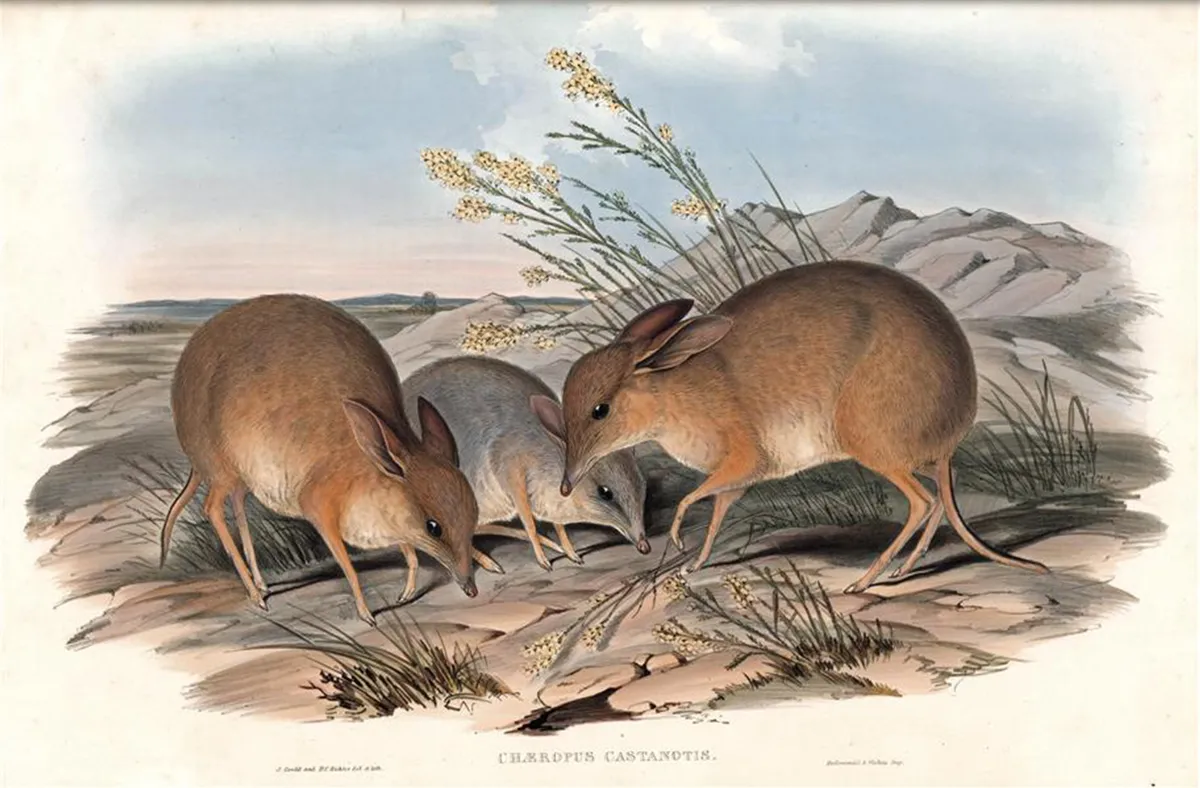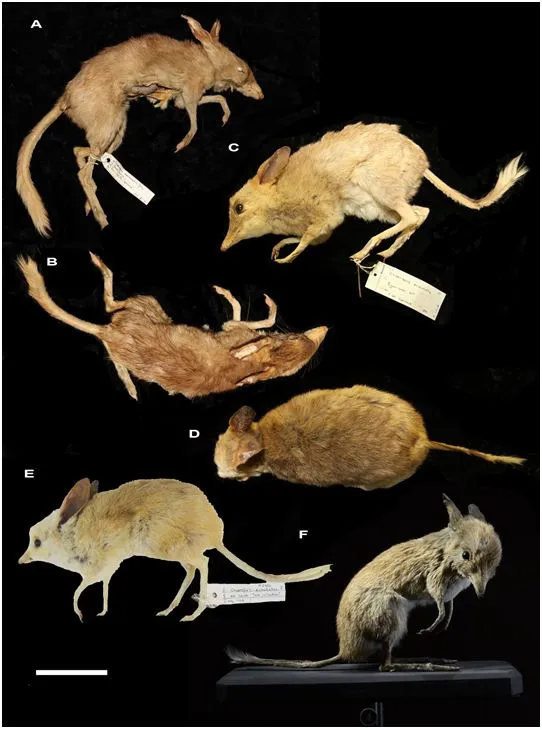A new species of extinct Australian pig-footed bandicoot has been discovered by researchers from the Natural History Museum (NHM) in London and the Western Australian Museum (WAM), which have been studying the 29 specimens of the species held in museums across the world.
Scientists had thought that all the specimens were of the same species, Chaeropus ecaudatus, but by using a combination of traditional morphology, morphometrics, palaeontology and molecular phylogenetics, they discovered there were in fact two different species: C. ecaudatus and C. yirratji.
Dr Kenny Travouillon, curator of mammalogy at WAM, believes the discovery of C. yirratji is a breakthrough for science, as little was known about the mammal previously.
“Pig-footed bandicoots were extinct by the 1950s, therefore there was very little chance for scientists to study the species,” he says. “More so, there are only 29 specimens of pig-footed bandicoots in existence.”

The pig-footed bandicoot is believed to be amongst the smallest grazing mammals that ever lived, and were incredibly fast for their size.
Researchers used fossil records and Aboriginal oral accounts recorded in the 1980s to trace the two species’ distribution.
C. yirratji was thought to have lived in sandy environments in central Australia, and C. ecaudatus lived in the southern peripheral areas of the arid zone of Australia. Both species were thought to inhabit areas of Western Australia.

“Using a combination of historical research, new techniques and museum specimens from around the world has allowed us to identify and learn more about this recently extinct species,” says Roberto Portela Miguez, senior curator in charge of mammals at the NHM. “While knowledge of this new species arrived too late to save it from extinction, hopefully the lesson learnt demonstrates the urgency and importance of supporting biodiversity research.”
Read the full paper in Zootaxa.
